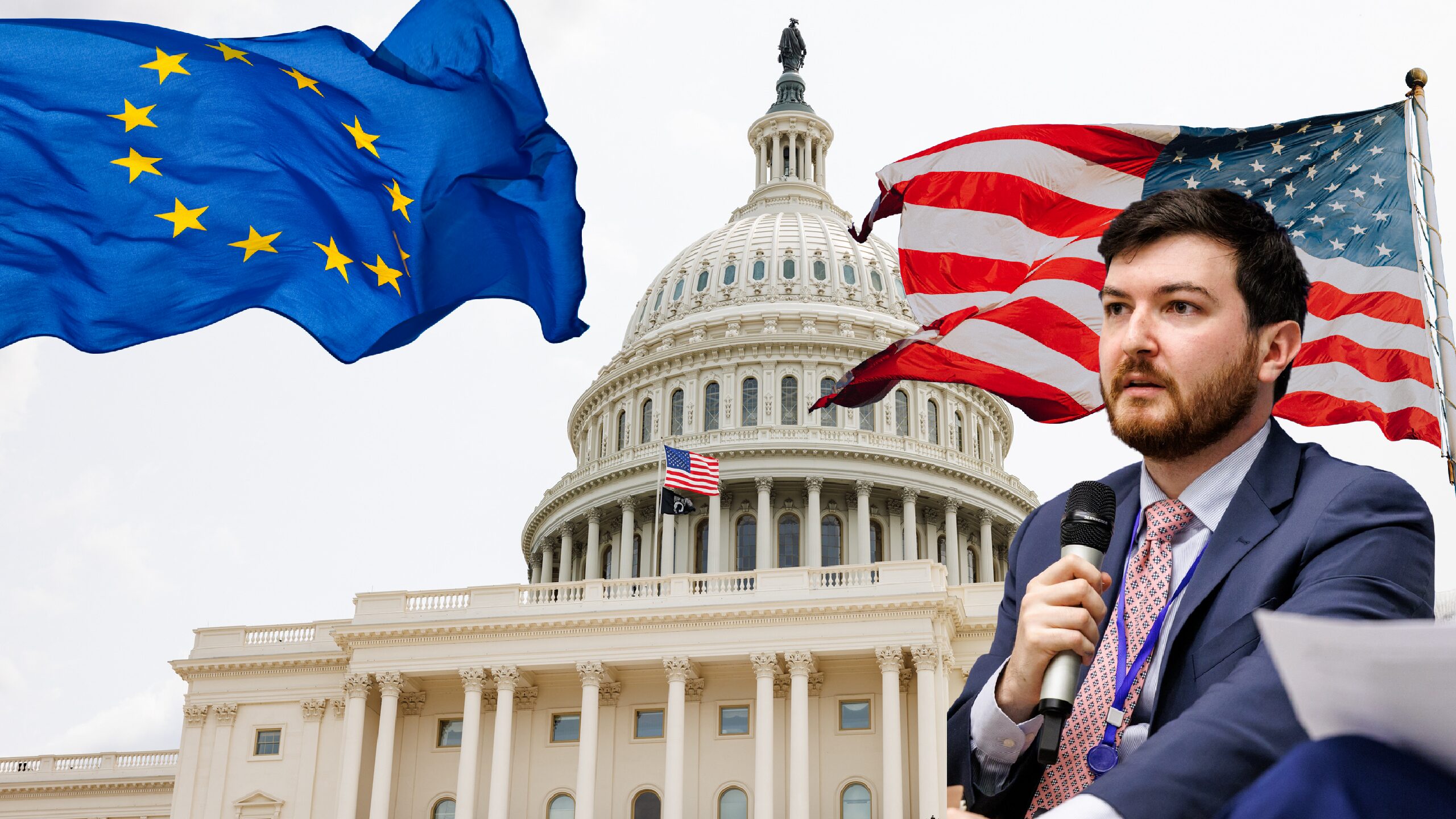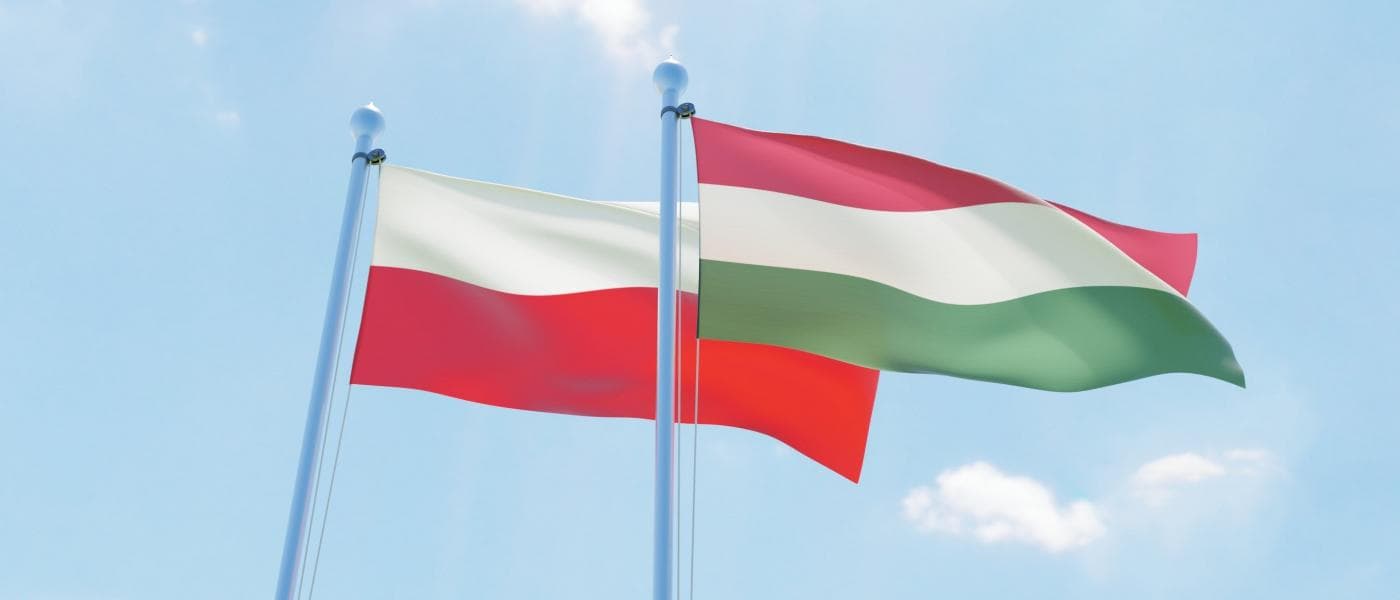In 1918, the War Department of the United States government gathered historians and educators from across the country together to grapple with a very distinct problem – a lack of affinity between the citizens of the United States and their counterparts in Europe. United States had just entered World War I and was now sending soldiers to fight abroad – and American society was not ready for it. This would be the first time US citizens would be conscripted into service for a war of this purpose, and it was not clear soldiers understood why they should defend their European partners in the first place. The War Department wanted to imbue the idea that they were fighting alongside Europe for a common cause.
What historians came up with was a ‘War Issues’ class for college students. The War Issues class, mandatory for all American students in 1918, was meant to stress the origins of World War I via a common understanding of European history. After the war, this transformed into the more widely-spread Western Civilization course, a general education requirement for almost all American college students that would teach them a version of history stressing a “common European life” to which the modern United States also belonged. This was perfectly timed with the United States’ newfound presence in Europe and after its isolationist period. For some 50 years, the American higher education system, with enthusiastic backing by European counterparts, told its students that the transatlantic relationship was built on a shared history, a shared understanding of liberty, and most importantly of all, shared values.
This story illustrates how the transatlantic relationship has historically been, and still is, an active project. The War Issues curriculum was designed to give Americans and their European counterparts common language, and build affinity between very disparate societies. Policies were enacted on both sides of the Atlantic to build a cohort of politicians and statesmen that would come to view the US and Europe as part of one larger community, with shared goals and shared ideals. Even after the end of the Cold War, civil society across Europe embraced this concept of a shared community as an aspirational goal for new democracies that were then emerging.
The Biden administration was very much a product of this project. His advisors and President Biden himself grew their careers in this postwar era where shared values were a bedrock principle of the US-EU alliance. President Biden thus represented the high-water mark of US support for a transatlantic relationship – and this should be taken as a stark warning.
If you ask me about the future of the transatlantic relationship, I would tell you that its existence is not guaranteed. The idea that US-European Union ties depend on shared values is not a given – if the rising generation does not continue to pursue meaningful transatlantic ties, it will cease to exist. There is no rising leader in either major party of the US that will see the transatlantic relationship as an immutable good for the US as President Biden did. They will instead wonder openly about the costs and benefits of that relationship, as I see with my contemporaries in the US now.
The European Union and the US must learn from the origins of their diplomatic ties to pursue new, active projects that cultivate a sense of common cause. It is for this reason I participated in the 2025 Transatlantic Youth Summit and encourage more Americans to do so next year. It is an example of what can be done to build the future foundation for a new US-Europe relationship – and it starts just by talking, one country to another, and coming to realize we are part of the same cohort set to inherit a very different world from the one we grew up in.
A new War Issues class is not a project I would recommend for this purpose. I bring it up only to illustrate what is possible to do in the middle of a world-shaking conflict to bring rising leaders together. At the Youth Summit this year, what I was struck by was how readily the other delegates and I discovered we held shared concerns. Shared concerns about specific issues, such as housing affordability and women’s bodily autonomy, and about more abstract ones such political extremism, national security, and illiberal anti-intellectualism.
These shared concerns are the incipient form of finding shared values – what we do not like, versus what we all like – that can then create a new community across the Atlantic. But crafting that will require sustained effort on both sides for people-to-people ties and engagement at the societal level – outside of Washington, D.C., and outside of Brussels. Nonetheless, there is room for optimism. More than ever, I see a young, rising transatlantic community eager to build new institutions and new social ties across borders. When empowered, I believe that will lead to a new transatlantic relationship, with broad-based support across civil society. But much like the old transatlantic understanding, it will be borne out of the conflicts engulfing Europe and the rest of the world today.
By Drake Long, U.S. participant at the Transatlantic Youth Summit 2025







